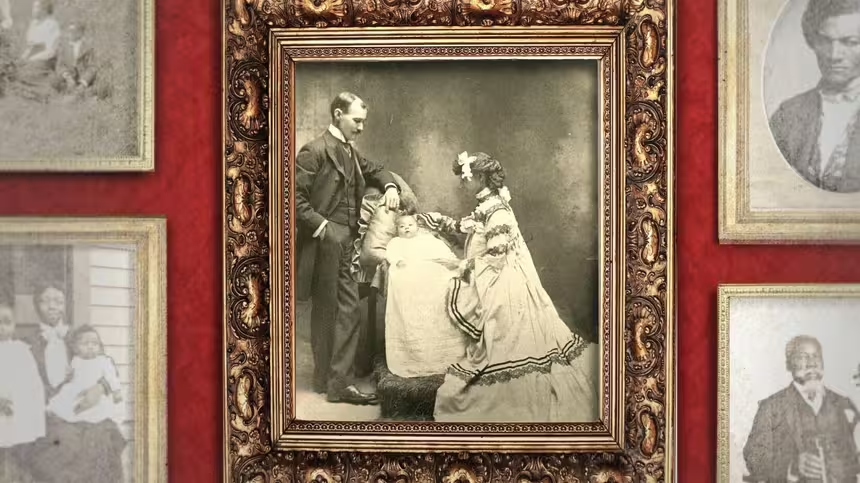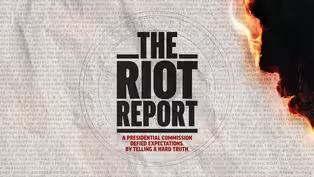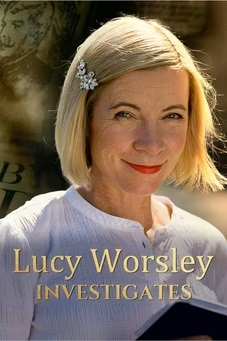
The Anatomy of Unrest | What the History?!
Clip: Season 36 Episode 5 | 5mVideo has Closed Captions
WHAT THE HISTORY?!
In 1967, following a summer of racial unrest in cities across the U.S., Martin Luther King, Jr. declared that “a riot is the language of the unheard.” What exactly were those unheard Americans trying to say? Find out in our latest episode of WHAT THE HISTORY?!
Problems playing video? | Closed Captioning Feedback
Problems playing video? | Closed Captioning Feedback
Corporate sponsorship for American Experience is provided by Liberty Mutual Insurance and Carlisle Companies. Major funding by the Alfred P. Sloan Foundation.

The Anatomy of Unrest | What the History?!
Clip: Season 36 Episode 5 | 5mVideo has Closed Captions
In 1967, following a summer of racial unrest in cities across the U.S., Martin Luther King, Jr. declared that “a riot is the language of the unheard.” What exactly were those unheard Americans trying to say? Find out in our latest episode of WHAT THE HISTORY?!
Problems playing video? | Closed Captioning Feedback
How to Watch American Experience
American Experience is available to stream on pbs.org and the free PBS App, available on iPhone, Apple TV, Android TV, Android smartphones, Amazon Fire TV, Amazon Fire Tablet, Roku, Samsung Smart TV, and Vizio.
Buy Now

When is a photo an act of resistance?
For families that just decades earlier were torn apart by chattel slavery, being photographed together was proof of their resilience.Providing Support for PBS.org
Learn Moreabout PBS online sponsorshipIn the long, hot summer of 1967, protests and violence broke out across Detroit, Newark and more than 150 towns and cities across the United States.
People were glued to their TVs as national news coverage showed cities burning.
The 1960s media referred to these events as lawless “riots”, but Martin Luther King Jr more aptly countered that “riots do not develop out of thin air” and described them as “the language of the unheard.” So, what were those unheard Americans trying to tell their fellow citizens?
Welcome to the Anatomy of Unrest.
Historically, black Americans experienced widespread and in many cases, legalized forms of discrimination.
Segregation, lack of jobs, inadequate housing, racial profiling, and underfunded schools were just some of the systems impacting the daily lives of black Americans in the 1960s.
A report from the Michigan Civil Rights Commission underscored this, stating, “discrimination and police brutality in the United States was a serious and continuous problem.” These all too common police practices, combined with other forms of systemic racism, directly led to heightened tensions in cities across the country.
In most cases, an inciting incident caused tensions that had been simmering below the surface to reach a breaking point.
In Newark, two white police officers pulled over a black cab driver, beat him and then arrested him, sparking rumors he was beaten to death.
In Detroit, police raided a bar during a homecoming party for a G.I., roughly arresting the owner and his daughter as a crowd gathered.
And in Tampa, police shot and killed Martin Chambers, an unarmed 19 year old in the back as he fled the scene of a robbery.
These acts of state violence triggered protests from the community in Newark.
In Newark crowds of people arriv at the Fourth Precinct to protest the unjust treatment of the cab driver.
Once one person threw a stone, the floodgates opened.
Then, police responded with nightsticks, shields and more violence.
Unconfirmed reports of citizen violence surrounding the protest added to the already volatile situation.
In Newark, the Director of Police investigated reports of sniper fire near a public housing project.
Instead of civilians, he found that a National Guardsman had been shooting to scare a resident away from his window.
Later on, he found more evidence that the other gunshots were actually just fireworks.
But the reports were enough to trigger mass hysteria and an escalation of police violence.
Perhaps seduced by the gripping images of inner cities in chaos, the news media of the day portrayed events as more destructive and widespread than they actually were.
By depicting Black Americans in an unfair, often racist way a and hinting at outside agitators this news coverag firmly shaped public perception.
And since media organizations at the time were largely populated by white, middle class journalists with no connection or understanding o these communities, the real issues at play were not explored or reported on.
As a result, officials didn't understan what was happening on the ground President Lyndon B. Johnson appointed the National Advisory on Civil Disorders to find out what happened.
This bipartisan group, made up of mayors, business leaders, law enforcement and others were with figuring out how to prevent similar from taking place in the future.
After months of in-depth, on-the-ground research, they concluded that white institutional racism was undoubtedly the cause of the long, hot summer of 1967.
Published in 1968 the Kerner Report was an instant warning that, “Our natio is moving towards two societies one black, one white, separate and unequal.” How did this group of people from across the political spectrum come to a consensus?
And what did the America people think of their findings?
For more, watch American Experiences documentary, The Riot Report.
Video has Closed Captions
Preview: S36 Ep5 | 2m 20s | When US inner cities erupted in violence in 1967, LBJ created a commission to investigate. (2m 20s)
Providing Support for PBS.org
Learn Moreabout PBS online sponsorshipSupport for PBS provided by:
Corporate sponsorship for American Experience is provided by Liberty Mutual Insurance and Carlisle Companies. Major funding by the Alfred P. Sloan Foundation.


















